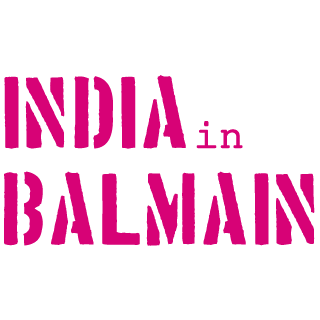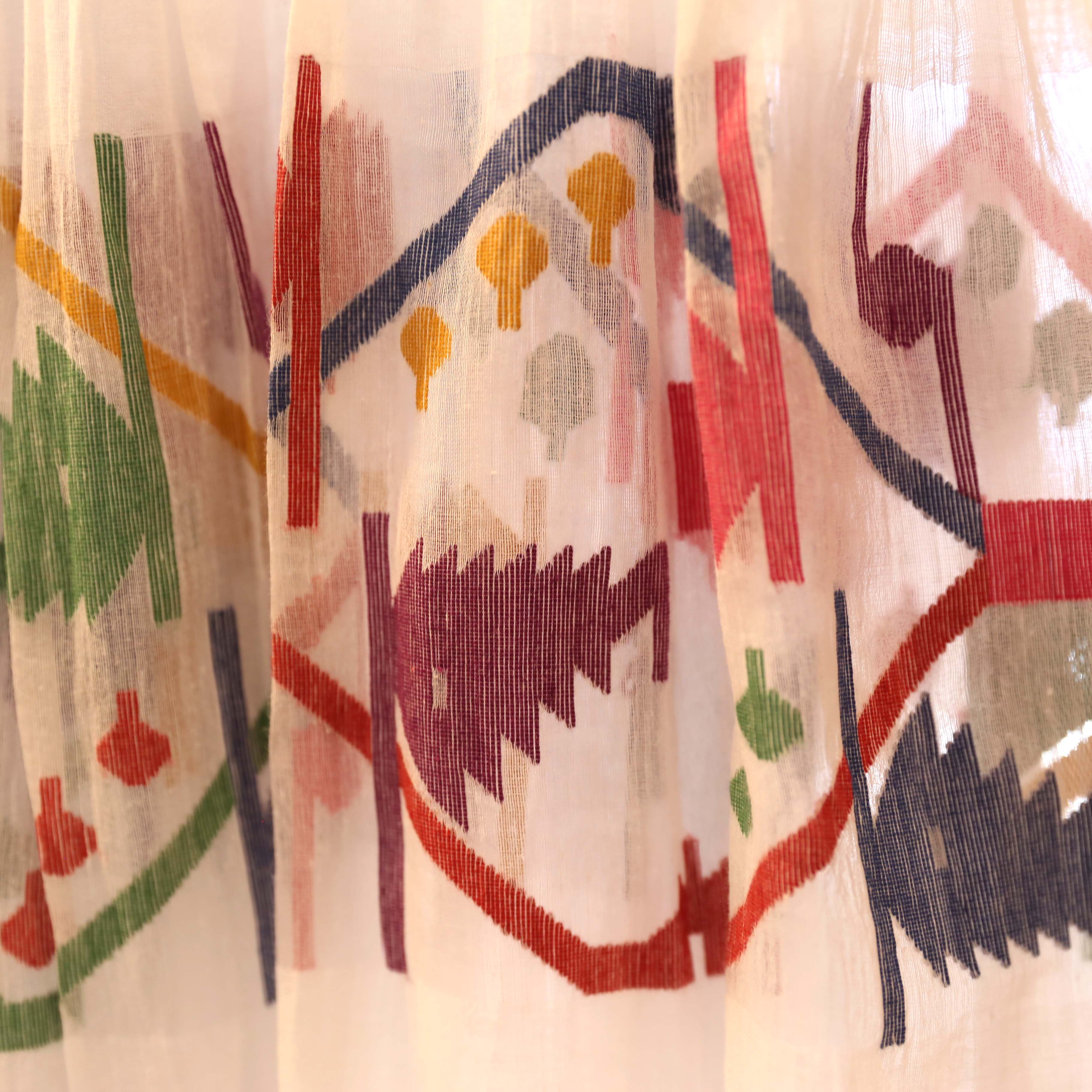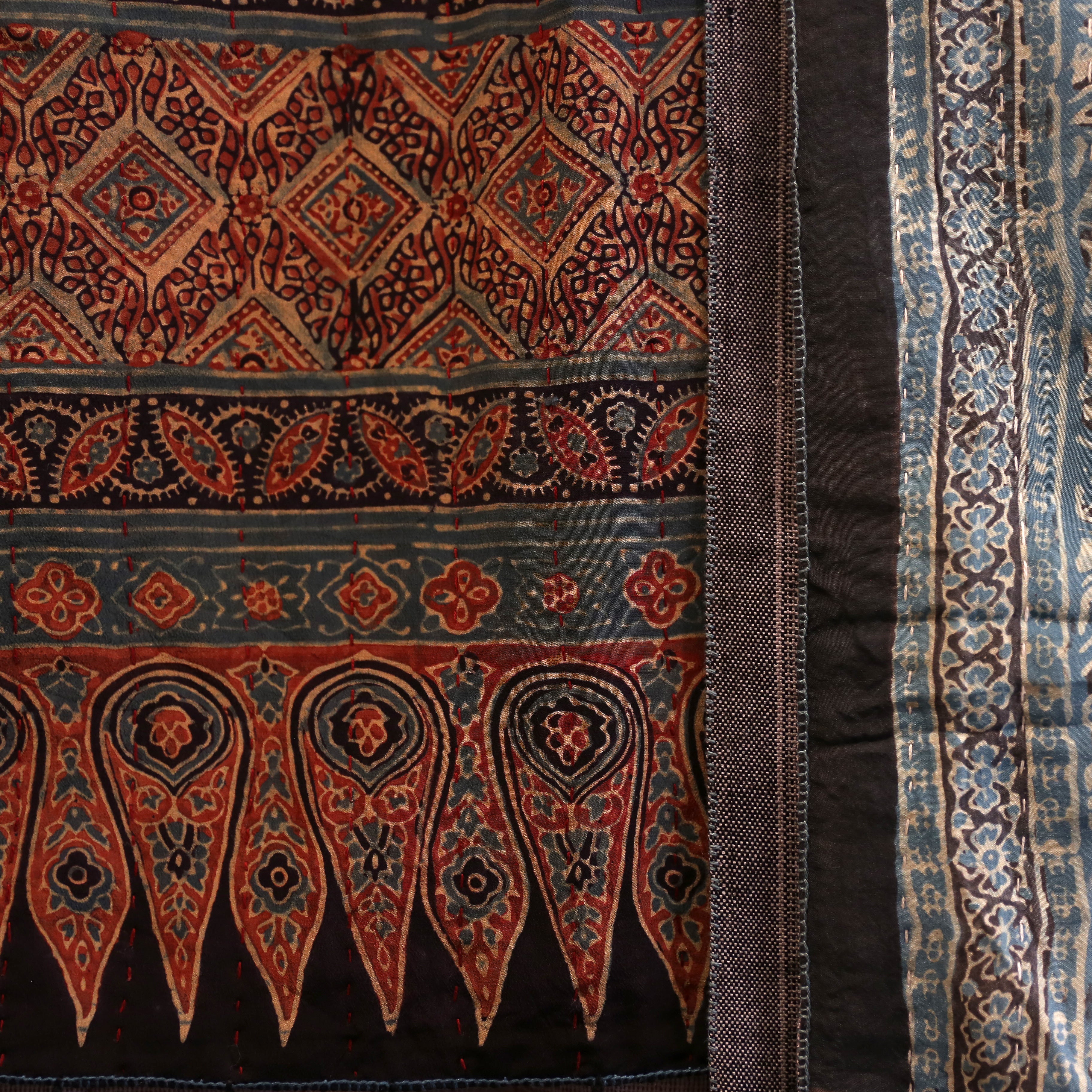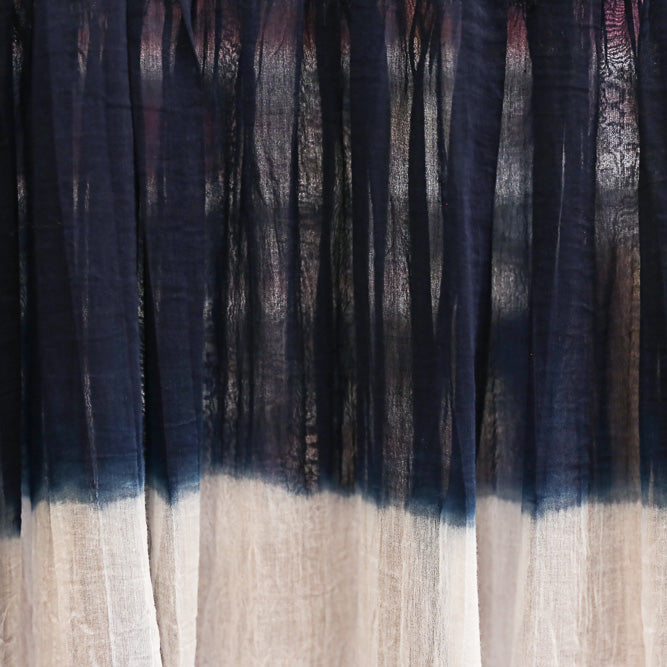The Timeless Importance Of Indigo In Fashion
An article by James Buchanan. 23 April 2019
BLUE GOLD
If blue is indeed the colour, then indigo is definitely the dye.
Using indigo to dye fabrics was a process that emerged around the globe independently in Antiquity. From South America to Ancient Egypt, Greece to Japan, from India to right here in Indonesia - indigo was used to dye fabrics blue.
It wasn’t until the turn of the 20th Century that a synthetic alternative for natural blue dye was invented. Until then, Indigo was the only way to achieve long lasting blue, and remains the only low toxic form of the colour.
Like many prized and useful commodities, Indigo has a fascinating history. But it’s use, abuse and natural qualities provide more than just an interesting historical tale.
Indigo symbolises what it means to be ethical and sustainable in fashion today.
HISTORICAL BACKGROUND
Although the Spice Islands and East Asia were known to produce it, India was the prime source of indigo. So prized was the only known source of the colour blue, Cities, Kingdoms and Empires along the Silk Road considered Indigo “Blue Gold”.
It wasn’t until Vasco da Gama discovered a sea route to India in 1497 that the Persian stranglehold over indigo was broken. The blue dye became more affordable and accessible than ever before.
Indigo became one of the most profitable commodities for the the British East India Company and Dutch VOC. So great became the demand for the commodity that, by 1897, British controlled India had 7,000km2 dedicated to the cultivation of indigo producing plants.
It was also here, in Bengal, where we can hear a clear ethical echo from history.
THE INDIGO REVOLT
With cotton production skyrocketing during the industrial revolution, the demand for blue dye followed. Planting indigo was more profitable than ever.
Backed by the might of the East India Company, planters forced Bengali peasants to grow indigo instead of food. These farmers were provided loans with interest so steep that the debts would be passed on to their descendants.
Famers were only given 2.5% of what the indigo would fetch on the global market. Refuse to comply, and the planters would resort to the destruction of farmers property. By 1833, the oppression suffered by farmers from planters was officially supported by government and written into law.
So, what do you do when norms and laws are unjust?
You fight back.
In 1859, the indigo farmers did just that.
Tens of thousands of indigo farmers passively revolted, completely disrupting the Indigo trade. Peasants burnt down indigo depots. Planters fled for their lives. Despite the destruction of property, planter’s lives were spared. The only target was indigo profits.As a result, establishment reaction was ruthless. But the non-violent approach of the peasants had inspired 5 million Bengalese to their cause. Indeed, the Indigo Revolt is considered to be the forerunner to the civil disobedience tactics utilised by Gandhi during Indian independence.Stunned by the determination and effectiveness of the revolt, the Indigo Commission of 1860 immediately regulated better working conditions for the farmers. And thanks to Dinabandhu Mitra's 1859 play Nil Darpan, the plight of Bengal’s indigo farmers entered into the English consciousness.The public were were appalled by the brutality their countrymen made routine... just to dye their clothes.
WHAT CAN WE LEARN?
Indigo’s history serves as a great microcosm for the modern fashion industry. Market demand for cheap labour caused the suffering and oppression of many impoverished farmers.
SUPPORTING NATURAL INDIGO
As the only known process of producing the colour blue, it’s important to understand the importance of indigo in modern fashion.
That’s why we are proud to be supporting Fashion Revolution Week and the Bali Fashion Initiative in their Natural Indigo Workshop.





